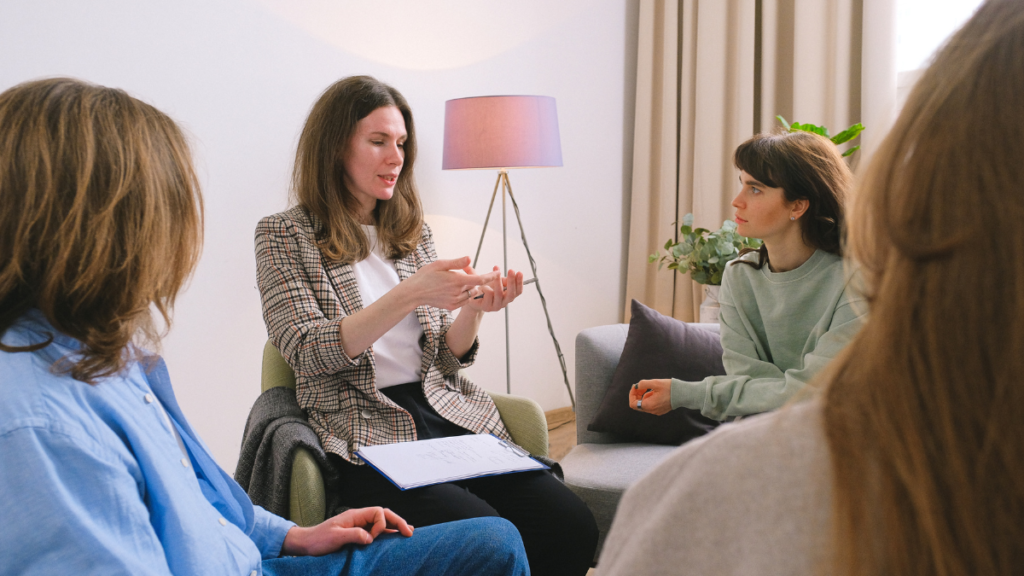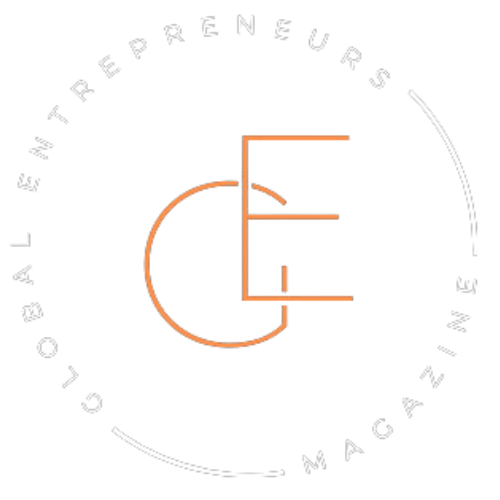A lot of people start with a product. A slick app idea. A gadget. A clever name they’re sure will catch on.
But the ones who end up changing something real? They start somewhere messier.
When Sara Blakely built Spanx, she wasn’t dreaming about shapewear. She was frustrated. She had a pair of white pants and no undergarment that didn’t show through. So she grabbed scissors, cut the feet off some pantyhose, and wore them. The solution wasn’t the goal. The problem was.
That’s what visionaries do. They zoom in on the pain. They stare at the glitch in the system. They don’t look for what they can make—they look for what’s missing. And that changes everything.
What it really means to think in problems
Most people want the fastest way out of discomfort. Visionaries sit in it a little longer.
Think about the early days of Airbnb. Brian Chesky and Joe Gebbia weren’t out to build a travel empire. They were just broke in San Francisco and noticed something odd—every hotel in town was booked during a big design conference, and people were scrambling for alternatives. So they rented out air mattresses in their living room and offered breakfast. It wasn’t polished. It wasn’t scalable. But it solved something people actually cared about.
That’s problem-thinking in action. It doesn’t start with a shiny pitch deck. It starts with annoyance, frustration, tension. And instead of running from that feeling, problem-thinkers poke at it. They ask why it exists. Who else feels it. What makes it worse.
They don’t need to have the perfect solution right away. What they need is to fall in love with the friction.
What it really means to think in problems
Most people want the fastest way out of discomfort. Visionaries sit in it a little longer.
Think about the early days of Airbnb. Brian Chesky and Joe Gebbia weren’t out to build a travel empire. They were just broke in San Francisco and noticed something odd—every hotel in town was booked during a big design conference, and people were scrambling for alternatives. So they rented out air mattresses in their living room and offered breakfast. It wasn’t polished. It wasn’t scalable. But it solved something people actually cared about.
That’s problem-thinking in action. It doesn’t start with a shiny pitch deck. It starts with annoyance, frustration, tension. And instead of running from that feeling, problem-thinkers poke at it. They ask why it exists. Who else feels it. What makes it worse.
They don’t need to have the perfect solution right away. What they need is to fall in love with the friction.
The trap of product-first thinking
There’s always someone building something cool that nobody asked for.
It happens all the time—someone spends months perfecting an app, only to launch it to silence. No one signs up. No one cares. Because it was made in a vacuum, chasing invention over relevance.
When you start with the product, you start with assumptions. You assume people want it. You assume they’ll pay for it. You assume it solves something. But if you haven’t lived the problem—or seen others struggle through it—you’re guessing.
Product-first thinking often leads to features nobody uses. Problem-first thinking keeps you grounded. It forces you to ask, is this worth solving?
Cool ideas fade fast. Necessary ones don’t.
Visionaries ask different questions

Most people ask, “What can I build?” Visionaries ask, “What keeps people up at night?”
It’s a different starting point—and it changes everything. Instead of brainstorming features, they study behaviors. They notice the workarounds. The complaints. The duct-taped solutions people are already cobbling together to survive.
Problem-thinkers ask things like:
- What’s broken that people have stopped trying to fix?
- What’s so normal it’s become invisible?
- What’s frustrating, but tolerated?
These questions aren’t theoretical. They’re rooted in real lives, real pain, real urgency. And when you ask them long enough, patterns show up. Clues surface. Suddenly, you’re not chasing trends—you’re uncovering needs.
That’s why problem-thinkers don’t need to guess what people want. They already see it.
You don’t need to be a genius—just obsessed with a question
It’s easy to look at visionaries and assume they’re wired differently. But most of them didn’t start with brilliance. They started with obsession.
Take a small-town gym owner who noticed her female clients skipping certain exercises. She asked why. Turns out, the equipment wasn’t designed for women’s bodies. So she made adjustments. Added padding. Changed the angles. Word got around. That small tweak grew into a product line—and eventually, a brand.
She didn’t need a PhD or a million-dollar idea. She just stayed with the question a little longer than most people do.
That’s what sets problem-thinkers apart. They’re curious. Restless. They can’t stop asking why it’s like this, or why it hasn’t been fixed, or what would happen if it was. And from that curiosity, the right solution often takes shape.
It’s not about brilliance. It’s about paying attention—and not letting the question go.
Why this mindset builds better companies (and movements)
A product can attract a customer. A problem can rally a community.
When you build from a real problem, you’re not guessing at relevance—you’re speaking directly to something people already feel. That’s why problem-driven companies don’t just get early adopters. They get believers.
Look at the rise of tools like Notion or Calendly. They didn’t explode because they were flashy. They exploded because they solved headaches. Repetitive scheduling. Scattered notes. People didn’t need to be convinced. They were already looking.
Founders who think in problems build things that stick. They can pivot more easily—because their loyalty isn’t to a product, it’s to the pain point. If the format needs to change, it’s fine. The mission stays clear.
And when people sense that kind of focus? They follow it.
Sit with the problem a little longer
There’s always pressure to move fast. Ship quickly. Show results.
But the best ideas—the ones that don’t fizzle out—don’t come from speed. They come from sitting with the problem until it gets under your skin.
That’s what visionaries do. They don’t rush to name their product. They don’t obsess over branding before understanding the need. They stay curious. They ask again. They listen longer. And when the solution finally comes, it doesn’t feel like a guess. It feels inevitable.
So if you’re building something, pause. Don’t ask what you can make.
Ask what hurts.
Then stay there.




